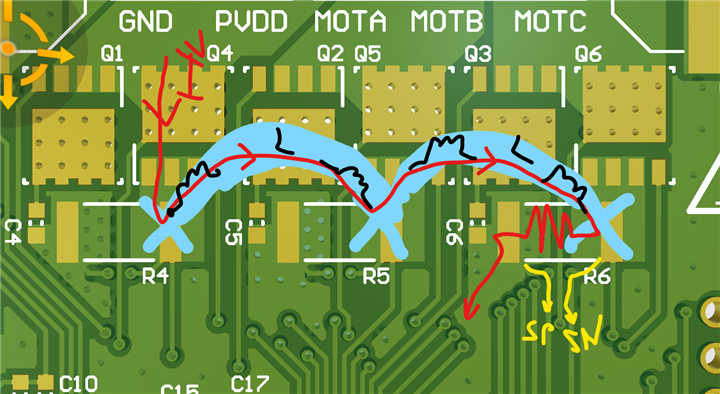Other Parts Discussed in Thread: , LAUNCHXL-F28069M
Hello. I am trying to use the BOOSTXL-DRV8305EVM. So far I have been using it without any SPI-communication by setting the Enable Gate pin high. The gate drivers have worked fine and the internal shunt OP-amps as well. But then one day the BOOSTXL-DRV8305EVM stopped responding after testing new code (again without SPI comms). The gate drivers and the OP amps are shut down, and the AVDD is 0V, no matter what I do. I have no idea what caused this. Is it necessary to communicate with it by SPI to find out what the problem is? It's like the DRV0805 is locked in permanent fault condition, and rebooting it doesn't help.
SPI is completely new to me and I am learning it right now. In the DRV8305 datasheet it says for the SPI communication "MSB is shifted in and out first". Is this what FIFO means? That is, I have to use FIFO SPI?
I am using the BOOSTXL-DRV8305EVM together with a LAUNCHXL-F28069M.
BR Niclas


